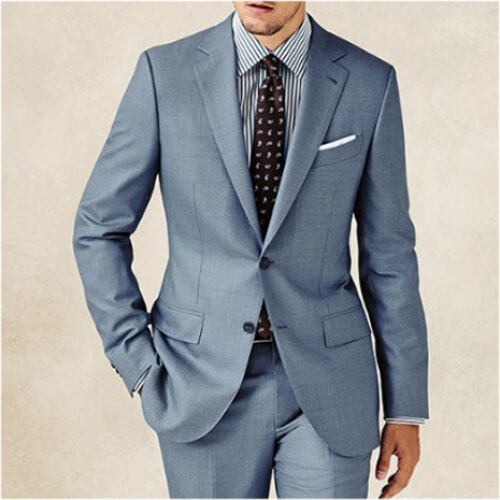The prices of polyester-rayon (TR) fabrics, which are prized for their blend of strength, durability, and comfort, are influenced by a myriad of factors. Understanding these influences is crucial for manufacturers, buyers, and stakeholders within the textile industry. Today let us explores the various elements that play a role in determining the costs of polyester rayon fabrics, focusing on raw material costs, greige fabric production, dyeing and printing processing fees, special treatment procedures, and broader economic market conditions.






1. Raw Material Costs
The primary components of TR fabrics are polyester and rayon fibers. The prices of these raw materials are subject to fluctuations based on several variables. Polyester is derived from petroleum, and its cost is closely tied to oil prices. Changes in global oil supply, geopolitical tensions, and production levels of crude oil can all impact polyester prices. On the other hand, rayon is made from cellulose, typically sourced from wood pulp. Environmental regulations, deforestation policies, and the availability of wood pulp can significantly affect the cost of rayon. Additionally, the production capacities and market dynamics of polyester and rayon suppliers also play a crucial role in determining raw material costs.
2. Greige Fabric Production
The production of greige fabric, which is the raw, unprocessed fabric straight from the loom, is a significant factor in the overall cost structure of polyester rayon fabrics. The type of loom used in production can influence costs. Modern, high-speed looms with advanced technology can produce fabric more efficiently and at a lower cost compared to older, less efficient models. Additionally, the quality and type of yarn used in weaving can impact the cost. Factors such as yarn count, fiber blend ratios, and the efficiency of the weaving process all contribute to variations in greige fabric costs. Furthermore, labor costs and energy consumption during the weaving process can also affect the final price of the greige fabric.
3. Dyeing and Printing Processing Fees
The cost of dyeing and printing polyester rayon blend fabrics is another critical component of the final fabric price. These processing fees vary based on several factors, including the scale and technology of the dyeing facility, the quality of dyes and chemicals used, and the complexity of the dyeing or printing process. Larger dyeing plants with advanced machinery and automation can offer lower processing costs due to economies of scale. The technical expertise of the dyeing staff and the precision of the dyeing process also play a role in determining costs. Additionally, environmental regulations and compliance with sustainability standards can impact the cost structure, as eco-friendly dyes and processes may be more expensive
4. Special Treatment Procedures
Special treatments, such as wrinkle resistance, water repellency, and fire retardancy, add to the cost of polyester rayon blend fabrics. These treatments require additional chemicals and processing steps, each contributing to the overall cost. The specific requirements of a buyer, such as the need for hypoallergenic finishes or enhanced durability features, can significantly influence the final price.
5. Economic Market Conditions
The broader economic landscape plays a critical role in the pricing of TR fabrics. Factors such as global economic trends, currency exchange rates, and trade policies can all impact fabric prices. For example, a strong currency in a major exporting country can make its goods more expensive on the international market, while tariffs and trade restrictions can further complicate pricing structures. Additionally, economic slowdowns or booms can influence demand for textiles, thereby affecting prices.
In conclusion, the prices of polyester-rayon fabrics are influenced by a complex interplay of raw material costs, greige fabric production methods, dyeing and printing processing fees, special treatments, and economic market conditions. Understanding these factors is essential for navigating the market effectively and making informed decisions. As the textile industry continues to evolve, staying attuned to these variables will be crucial for maintaining competitiveness and ensuring sustainable growth. By closely monitoring these influences, stakeholders can optimize their operations and adapt to the dynamic market landscape, securing their position in the industry.
Media Contact
Company Name: Shaoxing Yun Ai Textile Co.,Ltd
Email: Send Email
Phone: 0086-13656855796
Address:Room 301, Jixiang International Building, CBD, Keqiao District
City: Shaoxing
State: Zhejiang
Country: China
Website: https://www.iyunaitextile.com/



